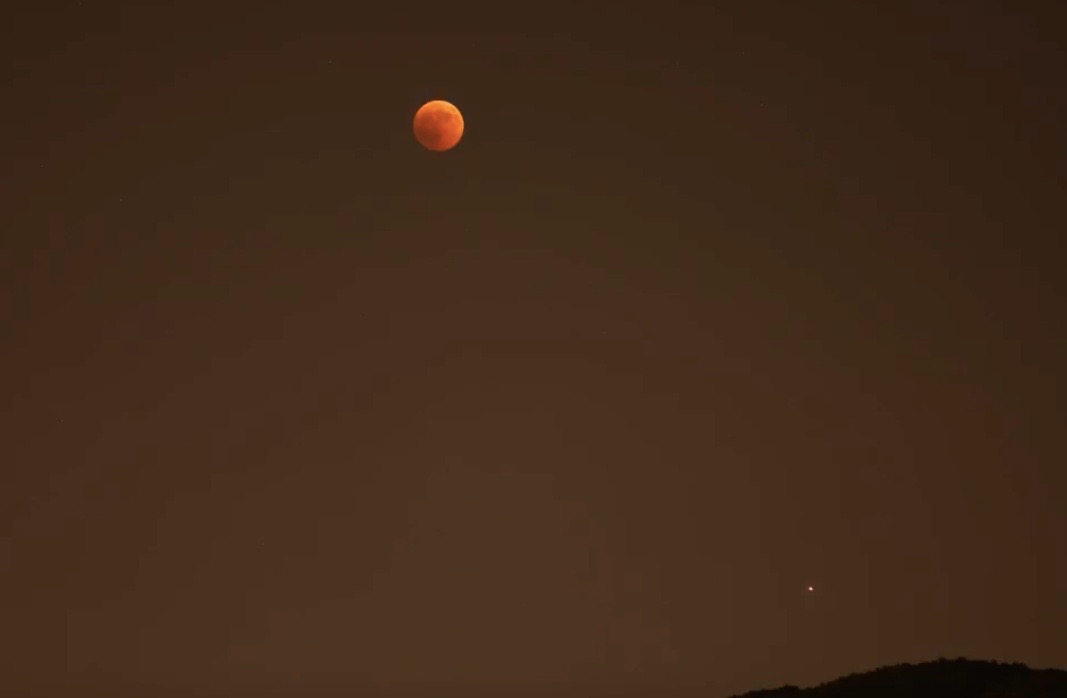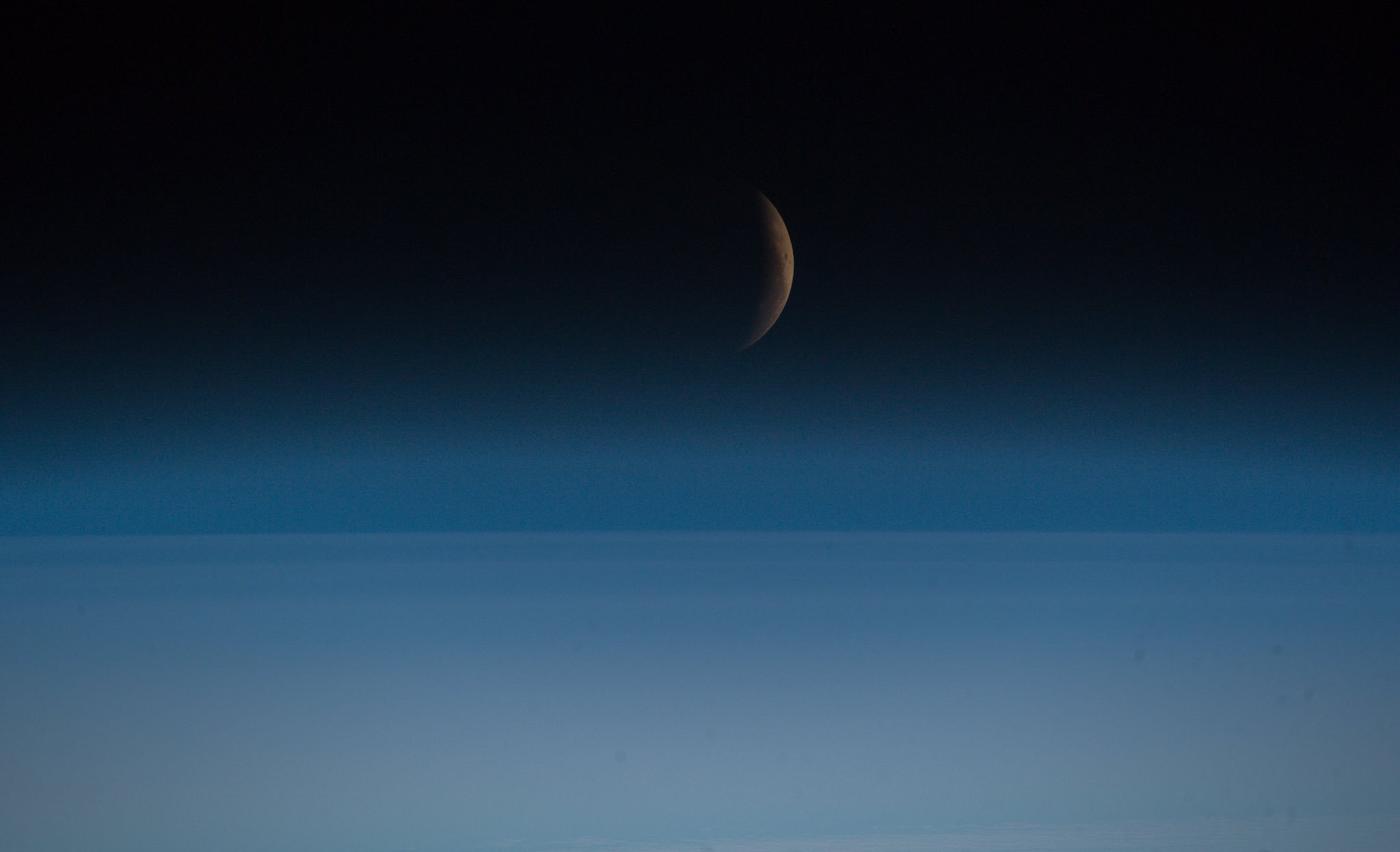Longest Lunar Eclipse of the Century Dazzles Skywatchers

The 21st century's longest total lunar eclipse entranced skywatchers around the globe on Friday (July 27).
With totality lasting for an incredible 1 hour and 43 minutes, this eclipse clocked in only 4minutes shorter than the longest possible such event calculated by astronomers. The duration let viewers from around the globe view the phenomenon, with skywatchers gathering at observatories across the totality zone and those with unlucky geography tuning in to livestreams.
The unusually long duration of the eclipse was caused by a few different celestial factors. The moon was near its farthest point from Earth and orbiting slowly, making it appear smaller and take longer to travel through Earth's shadow. In addition, Earth was near its aphelion, the point in its orbit farthest from the sun, making its shadow appear larger. [Blood Moon 2018: Longest Total Lunar Eclipse of Century Occurs July 27]
The eclipse officially began at 1:14 p.m. EDT (1714 GMT), according to NASA, and the moon slowly crept into Earth's shadow and began first to darken, then redden.
But the real show started at 3:30 p.m. EDT (1930 GMT), when totality began, and the moon was fully ensconced in Earth's shadow.
Because of the timing, daylight meant skywatchers in North America and most of South America missed seeing the phenomenon in person. But astronomers armed with telescopes around the world shared their views and their enthusiasm.
"On the left, you have the marvelous amazing Colosseum, at least a detail, and the rest of the scenery is just showing the moon," Gianluca Masi of the Virtual Telescope Project said during the organization's livestream of the event, which shared the view of a telescope located at the ancient Roman Forum. "Look, friends, this is honestly amazing," he added shortly before totality began.
Breaking space news, the latest updates on rocket launches, skywatching events and more!
"It's impossible to keep these emotions in sight because this experience is so huge," Masi said shortly after the time of greatest eclipse.
The moon remained fully eclipsed until 5:13 p.m. EDT (2113 GMT), with the eclipse at its greatest at 4:21 p.m. EDT (2021 GMT). The event officially ended at 7:28 p.m. EDT (2328 GMT), when the moon fully departed Earth's shadow.
The lunar eclipse is only half of the day's celestial spectacle: Skygazers also get an incredible view of a bright Mars, which is in opposition today.
Earthlings will next see a total lunar eclipse on Jan. 21, 2019, and unlike today's event, that eclipse will be visible to North American viewers.
Email Meghan Bartels at mbartels@space.comor follow her @meghanbartels. Follow us @Spacedotcom, Facebook and Google+. Original article on Space.com.

Meghan is a senior writer at Space.com and has more than five years' experience as a science journalist based in New York City. She joined Space.com in July 2018, with previous writing published in outlets including Newsweek and Audubon. Meghan earned an MA in science journalism from New York University and a BA in classics from Georgetown University, and in her free time she enjoys reading and visiting museums. Follow her on Twitter at @meghanbartels.

